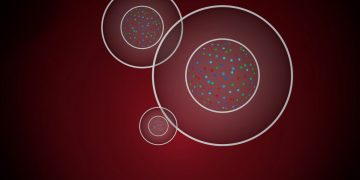
Assessing Cell Health: Apoptosis
In this second part of the series on assessing the health of your cells, we review the different types and stages of apoptosis, and the various methods of assessing apoptosis of cells.
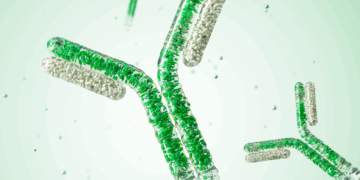
Macrophage Polarization — An Overview
Macrophages are important players in the phagocytosis process in the immune system. In this detailed review, we provide an overview on the different types of macrophages, the signaling molecules involved in the polarization of M1 and M2 macrophage subsets, and more.
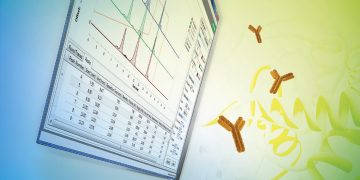
Synthesis and Purification of Recombinant Proteins — A Success Story
Producing highly purified proteins in large quantities is a challenge and requires modification of methods and protocols to attain high efficiency. Dr Murat Kasap from Kocaeli University, Turkey, has overcome these difficulties by taking advantage of the modularity of the NGC Chromatography System and successfully synthesized and purified cardiac troponin-I protein.

A Superior Method for Parallel Analysis of RNA and Protein Expression from Cell Culture Lysates
It is imperative to analyze both the transcriptional and translational profiles for a complete understanding of the functioning of genes. Here we describe a simple protocol that enables parallel analysis of both RNA and protein from single cell culture lysates. See how this workflow could save time and money and yield more reliable data than the traditional protocols used.
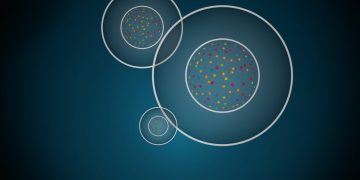
Assessing Cell Health: Viability and Proliferation
In this multi-part series on assessing the health of your cells, we review different factors to be considered in your assessments such as cell viability, proliferation, apoptosis, and autophagy. The first part covers the methods for assessing viability and proliferation and their advantages, and discusses some common considerations.
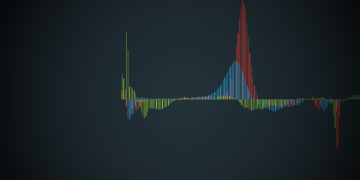
Purifying Difficult-to-Purify Proteins
Protein purification becomes a challenging step for applications requiring high protein concentrations (such as structural biology studies). This is also true for researchers purifying integral membranes proteins and untagged proteins from native sources. Here we provide some useful tips for selecting the proper resins, optimizing conditions and developing effective strategies to tackle the challenges associated with such difficult-to-purify proteins.
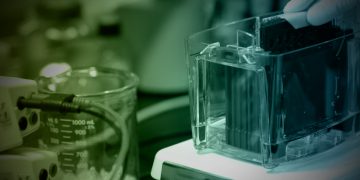
Tips for Selecting the Best Gel for Your Application
Picking the right gel for your application is not easy. It depends on so many factors, such as the purpose of your application, the size of your protein, what kind of buffer you need to have in your sample etc. Here we provide a guide for you to choose the best Bio-Rad gel based on all these factors.
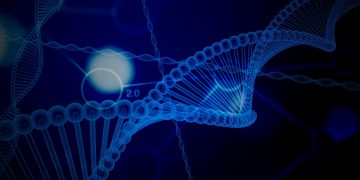
Rapid Advances in Biotechnology Bring Questions about Patentability
Striking a balance between encouraging innovation and allowing access to knowledge is not simple. Allowing patents for modifications of naturally occurring organisms and cells pose a particular challenge to the scientific community. Adding to the complexity is the variations in regulations between countries. This article discusses these issues with specific examples in biotechnology and biomedical fields.

The Importance of Quality PCR Plastics
Do we ever think seriously about PCR plates, seals, and tubes as contributing to the quality of our gene expression results? Chances are that these PCR plastics are viewed just as labware by most people. In this article we bring out how simple factors, such as PCR plate rigidity, color of the wells, and adhesiveness of plate seals, can affect your gene expression results and show why it is important to use quality PCR plastics.

How Do You Automate a Multicolumn Protein Purification?
Multicolumn purifications are tedious and the manual operations during this process introduce variabilities, affecting the success of purification and reproducibility of results. This whiteboard animation explains how an automated multi-dimensional chromatography method can make this an easier process with very high success rates.
